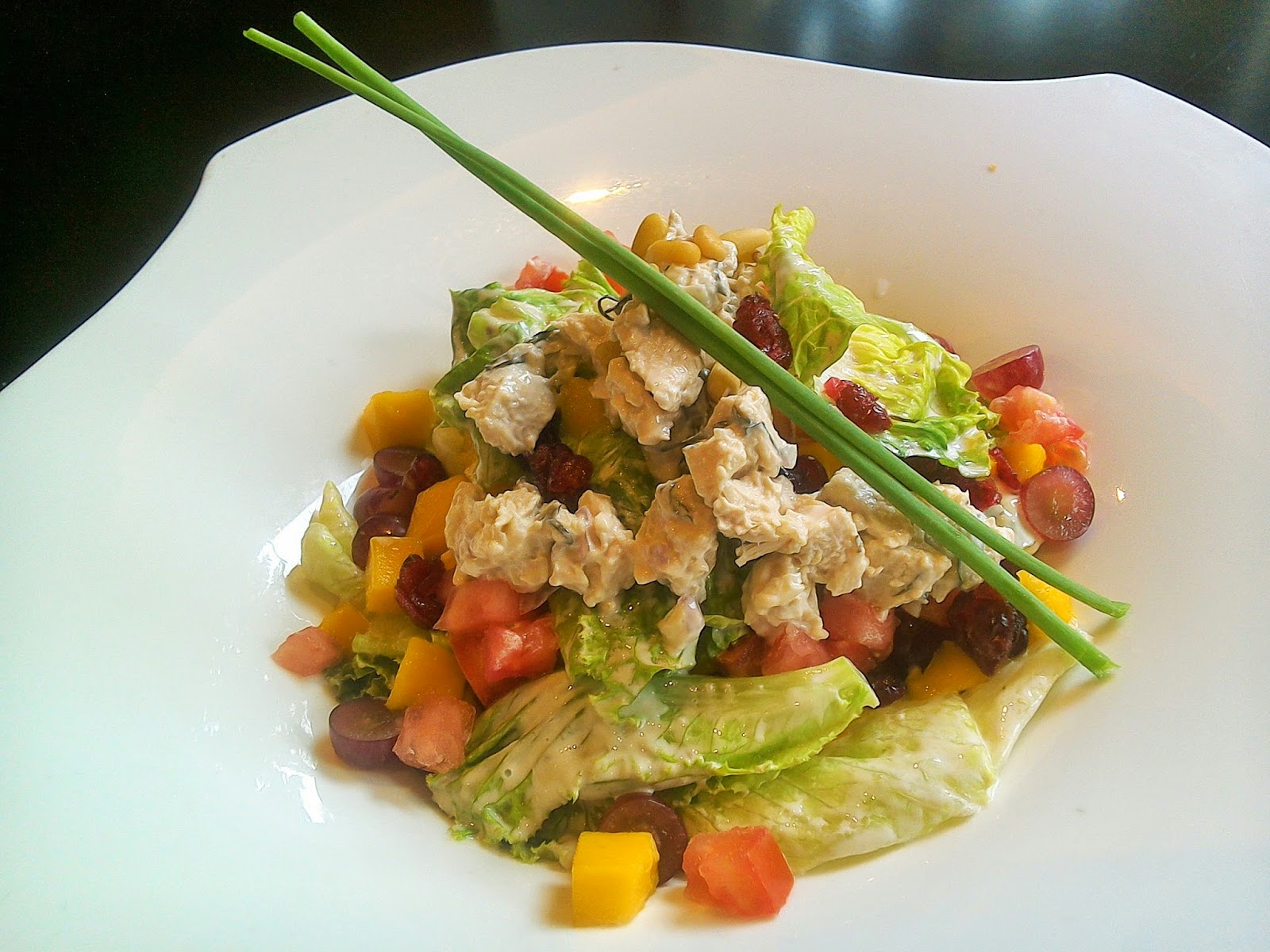Eating
out in a good restaurant can be an adventurous experience and cooking
is a fulfilling activity, but these eat up a lot of time. And with
our increasingly hectic schedules, time has become a luxury. We have
to relegate dining out and cooking to, say, weekends or whenever we
can spare some time. Yet we have to eat everyday. If there is no time
to cook or eat out, or you are too lazy to, there is one
solution—have food delivered to you.
In this
increasingly connected world, food delivery can be made by logging in
the Internet and by using the mobile phone. This is the service
offered by Foodpanda, the online and mobile food ordering service
recently introduced in the Philippines.
Foodpanda
is part of the German e-commerce venture capital firm Rocket
Internet. The company is already active in the Philippines, having
launched the brands Zalora and Lazada online retailers. This time,
Rocket Internet is trying to capture the online food delivery market
with Foodpanda, which began in May 2012.
Together
with its affiliated brand Hellofood, which is present in 19 countries
in Latin America, Middle East and Africa, Foodpanda is headquartered
in Berlin, Germany, with operations in 42 countries. Hellofood and
Foodpanda, which are present in 23 countries in Asia and Eastern
Europe, have partnerships with more than 22,000 restaurants. Here in
the Philippines, Foodpanda has about 500 partnerships with
restaurants in the National Capital Region. It is aggressively
working to increase that number, as well as expand its presence
outside Metro Manila.
“The
Philippines has a vibrant food culture, and we are thrilled to be
part of it,” said Ralf Wenzel, the global chief executive officer
and co-founder of Foodpanda. “We have big plans and look forward to
providing our customers with the best food ordering service.”
On the
other hand, Jasper Heyden, the managing director of operations in the
Philippines, said, “With all this enthusiasm for food here, I am
excited to start Foodpanda in the Philippines. The feedback we
received from partner restaurants and first clients really shows the
huge opportunities in this country.”
Foodpanda’s
chief operating officer Felix Plog, who flew in the country in early
June for the launch, explained Foodpanda is “basically a restaurant
listing site. We try to aggregate the best restaurants in your city.
We make transparent what users are really experiencing in those
restaurants. Is he having a good experience? Is the food delivered on
time? All these you will be able to see in the review section… So
if you make up your minds on what to order tonight, you can precisely
see what restaurants in your area are delivering to your doorstep.”
Many
Filipinos still order food via landline telephone, and it will take
some time before they switch to ordering food online. According to
Plog, they are trying to wean them away from the telephone.
“It's
all about fighting the telephone. The telephone is our enemy,” he
said. “So some of you, guys, may be ordering by the phone. It's
something from the Stone Age. So please move to the mobile app.
Please move to the Web site and order. It's much more convenient.
It's much more techie. It's much nicer. It's like trying to win
customers from phone ordering but I think by the end of the day we
can offer them much better user experience. For example, you can
reorder with a click of a button. You don't have to hang in the line,
waiting for the restaurant to pick up. You just open the app, push
the buttons and then you're done. It's much easier.”
Foodpanda
can be accessed through www.foodpanda.ph and the mobile application,
which available for free on iPhone, Android, Nokia and Blackberry. It
boasts of the easy-to-navigate online menus and the intuitive design.
After entering one’s address or letting GPS determine one's
position, all the delivering restaurants and cuisines in the area are
displayed. Customers can select the dishes they want, and Foodpanda
will relay the information to the restaurants, which will then
deliver the food to the customers. The site can remember a customer's
address, even multiple ones, so there will be no need to retype it
every time one orders food. Orders can also be saved online if one
wants to order the same foods. The mobile app can filter restaurants
by location. Foodpanda also has a review section, where one can read
comments of other customers.
Visit
www.foodpanda.ph for more information about services and complete
list of partner restaurants. Follow Foodpanda on Instagram
(foodpanda_ph) and Facebook for updates and deals.
 |
| The Foodpanda Web site |
 |
| Step 1: Chose your location |
 |
| Step 2: Chose your favorite restaurant |
 |
| Step 3: Chose your favorite item on the menu |
 |
| Step 4: Chose your favorite item on the menu |
 |
| Step 5: Finalize your order |
 |
| Step 6: Check out |
.png)




















































